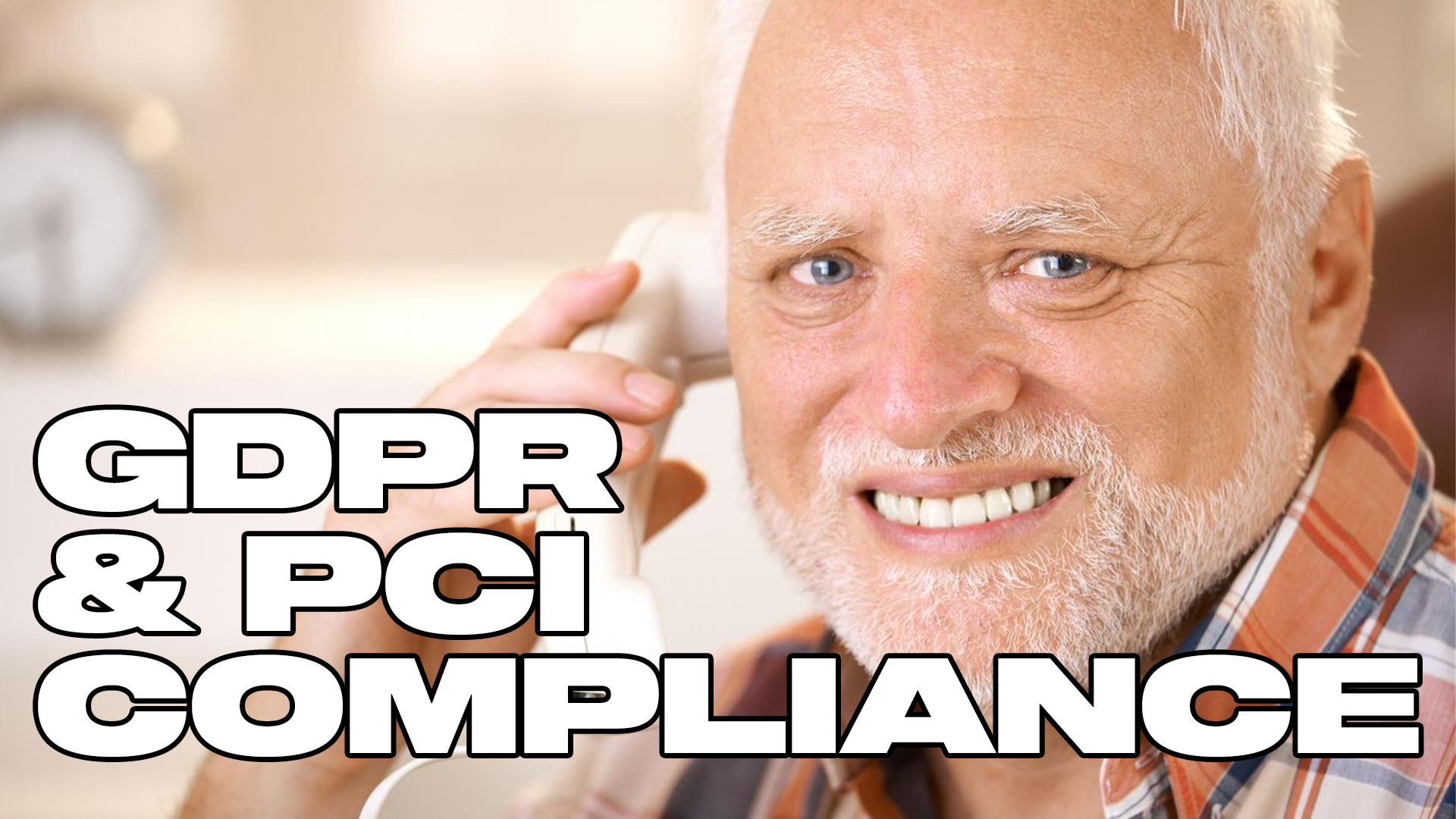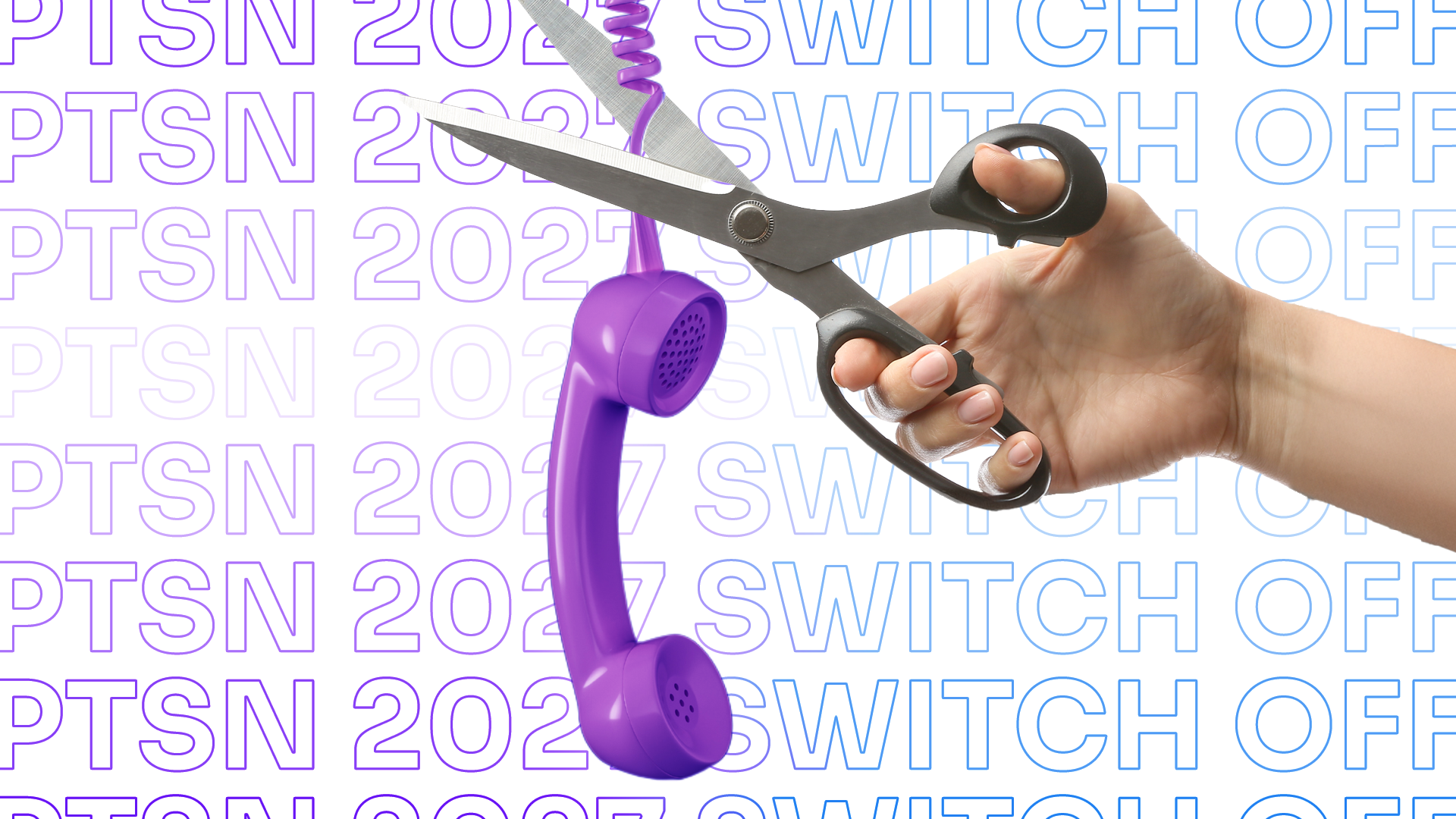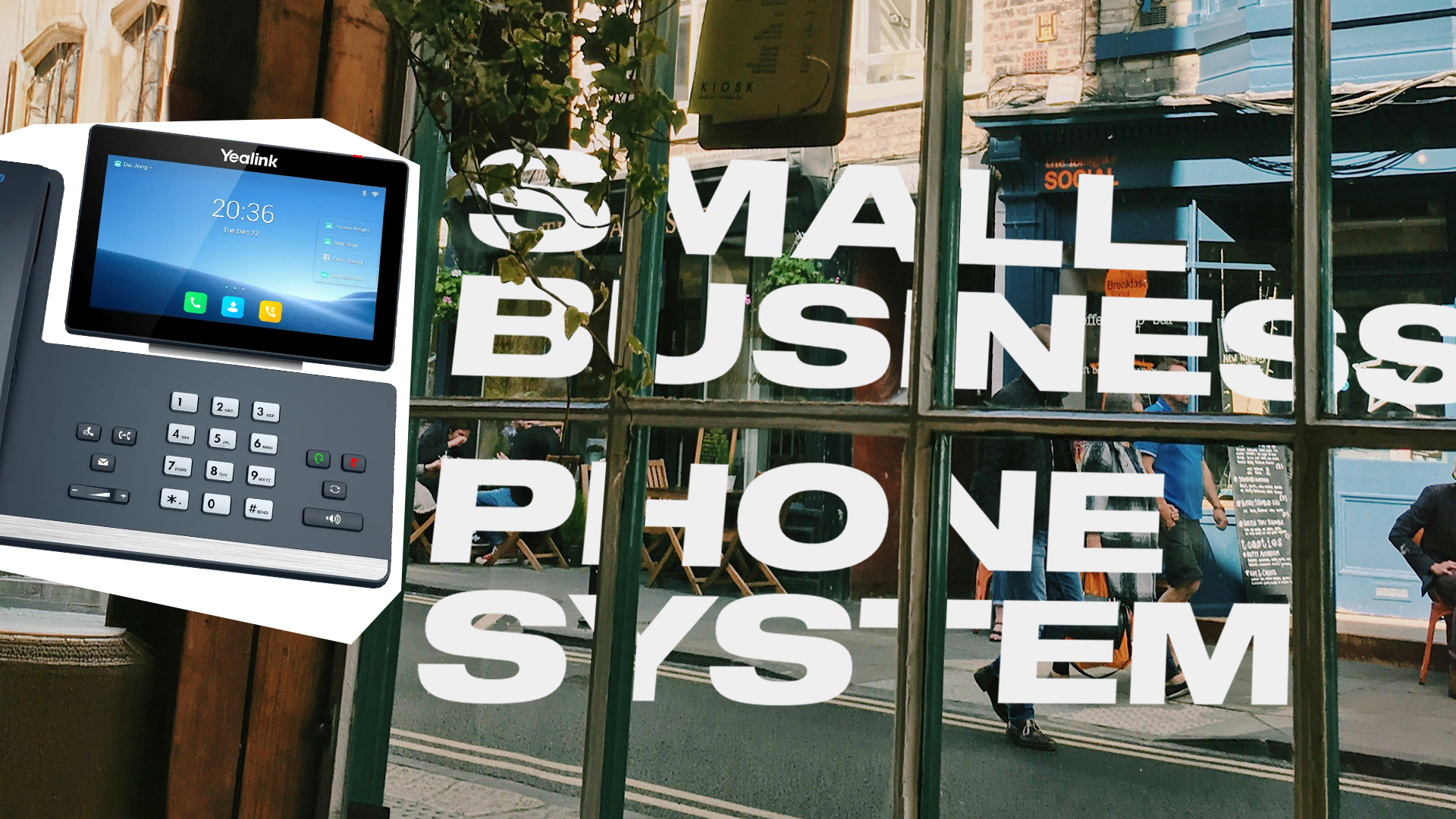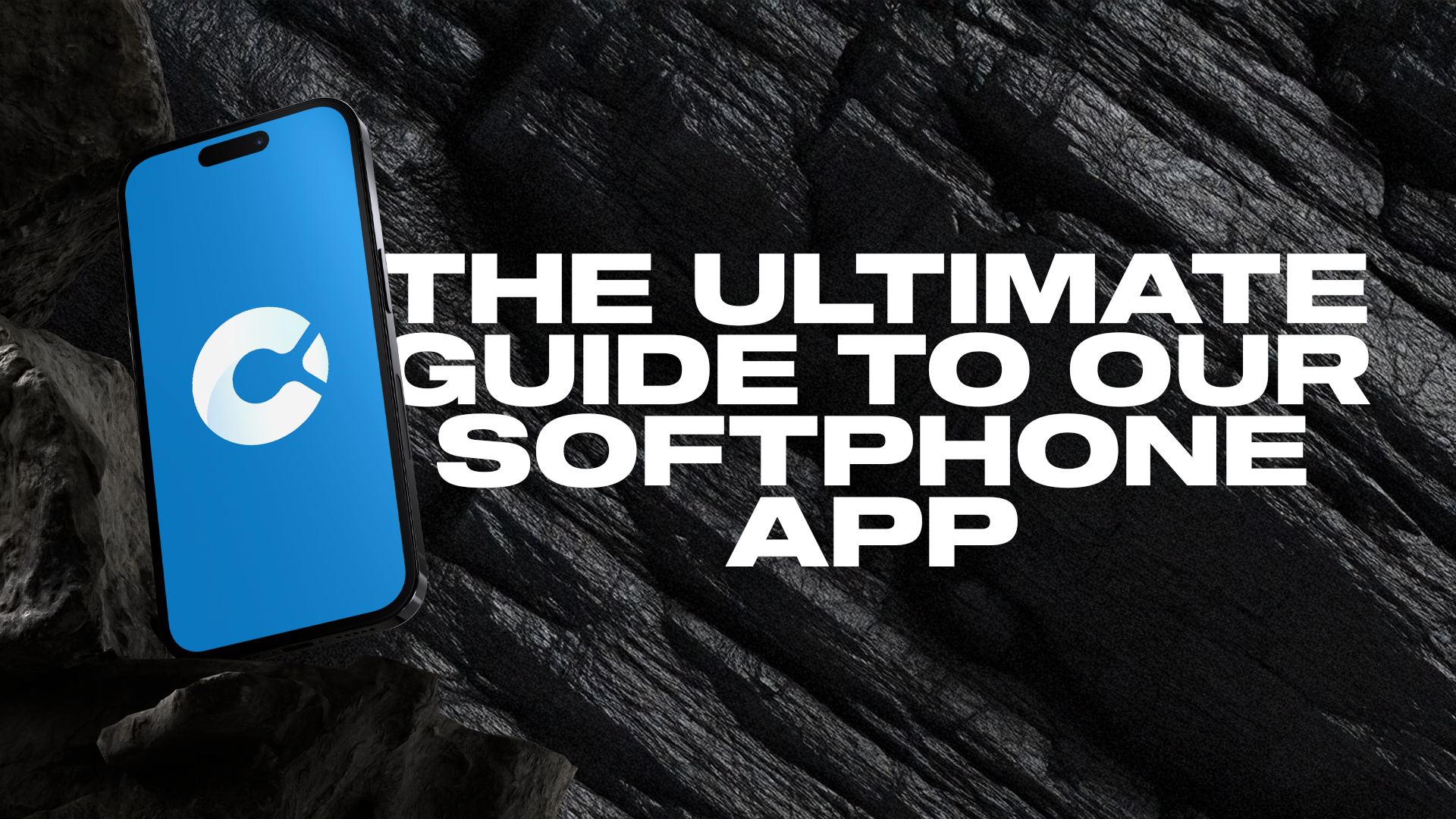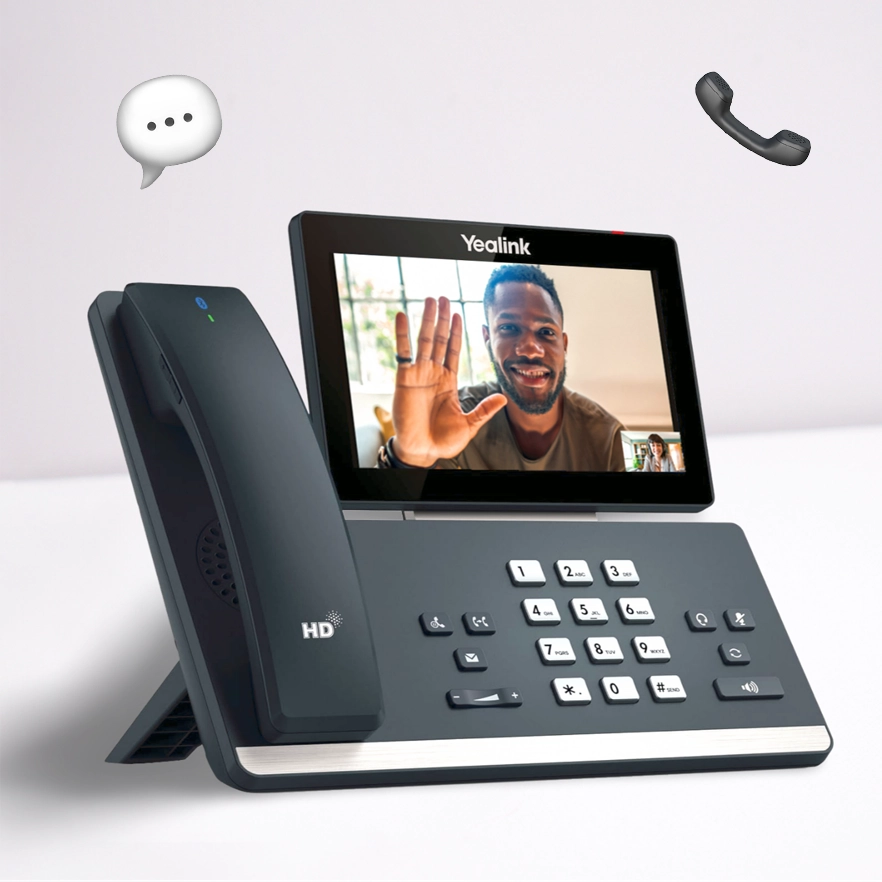Why record and measure calls?
Call recording underpins quality assurance, training, dispute resolution and compliance. Add analytics (transcription, keyword spotting, silence detection, sentiment) and suddenly you can see missed opportunities, compliance risks and coaching wins across every site and user.
UK GDPR essentials (keep it lawful and transparent)
*Not legal advice – general guidance only!
Choose a lawful basis: Most businesses use legitimate interests for QA/training or contract for service delivery. If you rely on consent, it must be freely given and easy to withdraw.
Be transparent: Play a clear pre-call/IVR notice (“Calls are recorded for…”) and include details in your privacy notice.
Minimise data: Record only what you need (e.g., exclude internal-only lines). Use selective recording for roles or queues.
Retention & deletion: Set purpose-based retention (e.g., 30–180 days for QA; longer only where justified), enable automatic deletion, and support legal holds for disputes.
Access control: Restrict playback to authorised roles, enforce SSO/MFA, and keep audit logs of who accessed what and when.
Security: Encrypt in transit/at rest, separate production and analytics data, and secure endpoints (managed devices, screen-lock).
Data subject rights: Be ready to search, export or redact recordings for DSARs.
International transfers: If recordings leave the UK, ensure appropriate safeguards with your provider (e.g., UK IDTA/EU SCCs).
PCI DSS: never capture card data in recordings
If your teams take payments by phone, your goal is simple: keep PAN/CVV out of scope for recordings and screens.

Pause/Resume or Redaction: Agents pause recording while card details are shared, or the system auto-redacts audio.
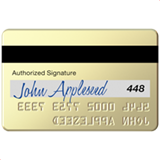
DTMF masking: Customers enter card digits via keypad; tones are masked and never stored.

Screen capture control: Suspend screen recording during payment fields.

Workflows & training: Provide clear agent scripts (“I’m pausing recording while we take payment…”).

Test regularly: Place mystery test calls to confirm nothing sensitive is captured.
Analytics that add value (without creeping into surveillance)
Transcription & keywords: Track compliance phrases (“identity verified”, “complaint”, “cancellation”) and flag missing scripts.
Sentiment & talk-ratio: Spot coaching moments (monologues, interruptions, long silences).
QA scorecards: Auto-score critical behaviours; escalate outliers.
Outcome tagging & CRM sync: Tie recordings to tickets/deals for real business context.
Privacy by design: Limit who sees transcripts, and pseudonymise where feasible.
What you get with Zappie (and what you don’t need to worry about)

Policy first
Define purposes, retention, access roles and payment process.

Connectivity per location
Trial with a small team; validate announcements, PCI flows and analytics tags.

Train
Short, role-based sessions + quick reference guides for pause/resume and scripts.

Monitor & improve
Monthly QA reviews, spot-check PCI masking, and iterate scorecards.
Quick FAQs
Is caller consent required?
You need a lawful basis and clear notice. Consent isn’t always required, but transparency is.
How long should we keep recordings?
Only as long as necessary for the stated purpose. Define durations by queue/purpose and automate deletion.
Can analytics be used for performance management?
Yes – be transparent with staff, limit access, and focus on coaching, not surveillance.
How Zappie helps
We configure compliance-ready recording and PCI-safe payment workflows (pause/resume and DTMF masking), set granular retention and access controls, and deliver actionable analytics dashboards. You get safer recordings, sharper coaching, and cleaner audits—without the headache.
Get in touch via the form below.

